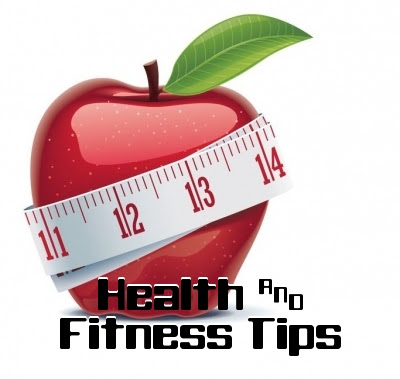Empowering Women: A Comprehensive Guide to Holistic Health
In the hustle and bustle of modern life, prioritizing health is crucial, especially for women juggling multiple roles. This article aims to provide unique and practical health tips tailored specifically for women, addressing physical, mental, and emotional well-being.

1. Nourish with Nutrient-Rich Foods
A balanced diet is the foundation of good health. Women, often multitasking, should focus on nutrient-dense foods. Incorporate a variety of fruits, vegetables, whole grains, lean proteins, and healthy fats into your meals. Pay attention to specific nutrients like calcium and iron, essential for bone health and combating fatigue.
2. Hydration as a Habit
Staying hydrated is paramount for overall health. Women should aim for at least eight glasses of water a day. Proper hydration supports digestion, skin health, and can help prevent headaches. Spice up your water routine by infusing it with fruits or herbs for added flavor.
3. Prioritize Regular Exercise
Regular physical activity is …





 Hello. My title’s Dr. Greg and I’m a Chiropractor. Effectively, I used to be. I do not practice anymore as a result of I have devoted myself to writing (I have a component-time sales job proper now too. Bills to pay and all that.) For more than 15 years I used to be in apply, and I took care of more than 10,000 particular person sufferers in three totally different countries. I took care of spines in the USA for about 5 years, in Belgium for about 7, and in Peru for about 3. I can explain Chiropractic in three completely different languages! Yay me.
Hello. My title’s Dr. Greg and I’m a Chiropractor. Effectively, I used to be. I do not practice anymore as a result of I have devoted myself to writing (I have a component-time sales job proper now too. Bills to pay and all that.) For more than 15 years I used to be in apply, and I took care of more than 10,000 particular person sufferers in three totally different countries. I took care of spines in the USA for about 5 years, in Belgium for about 7, and in Peru for about 3. I can explain Chiropractic in three completely different languages! Yay me. Drinking the fitting varieties of healthy drinks will make it easier to feel better and keep away from the crash after consuming sugary or highly caffeinated beverages.Every single day we eat a wide range of different drinks, but many do not contribute to our overall health or even make us really feel better.
Drinking the fitting varieties of healthy drinks will make it easier to feel better and keep away from the crash after consuming sugary or highly caffeinated beverages.Every single day we eat a wide range of different drinks, but many do not contribute to our overall health or even make us really feel better. Do you may have a small storehouse of snacks in your drawers or cupboards? Are there candy dishes and coffee cups or drink cups sitting close by? Can you not research or work on a undertaking with out a snack stash to get you thru the monotony? If that’s the case you might have an actual brain dysfunction brought on by a variation in a gene sequence known as Brain Derived Neurotrophic Issue or BDNF.
Do you may have a small storehouse of snacks in your drawers or cupboards? Are there candy dishes and coffee cups or drink cups sitting close by? Can you not research or work on a undertaking with out a snack stash to get you thru the monotony? If that’s the case you might have an actual brain dysfunction brought on by a variation in a gene sequence known as Brain Derived Neurotrophic Issue or BDNF. The information tonight reprted a ballot released as we speak reveals independent voters leaning two to one in favor of health care reform, and that a lot of them had been on the fence till they saw the city corridor ugliness of the past a number of days. In different words, it pushed them towards reform not away from it.
The information tonight reprted a ballot released as we speak reveals independent voters leaning two to one in favor of health care reform, and that a lot of them had been on the fence till they saw the city corridor ugliness of the past a number of days. In different words, it pushed them towards reform not away from it.